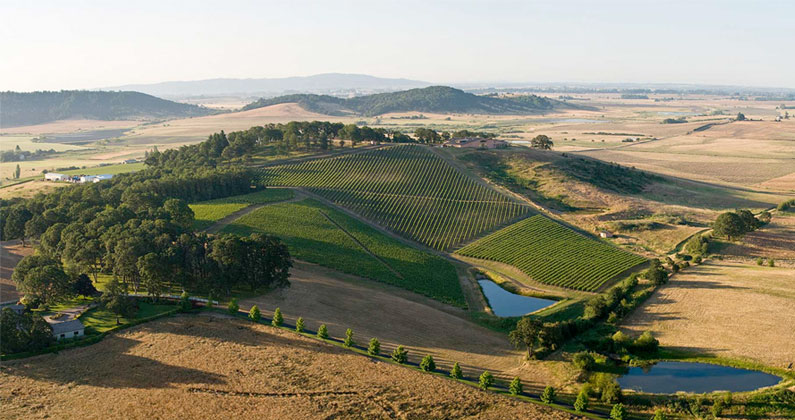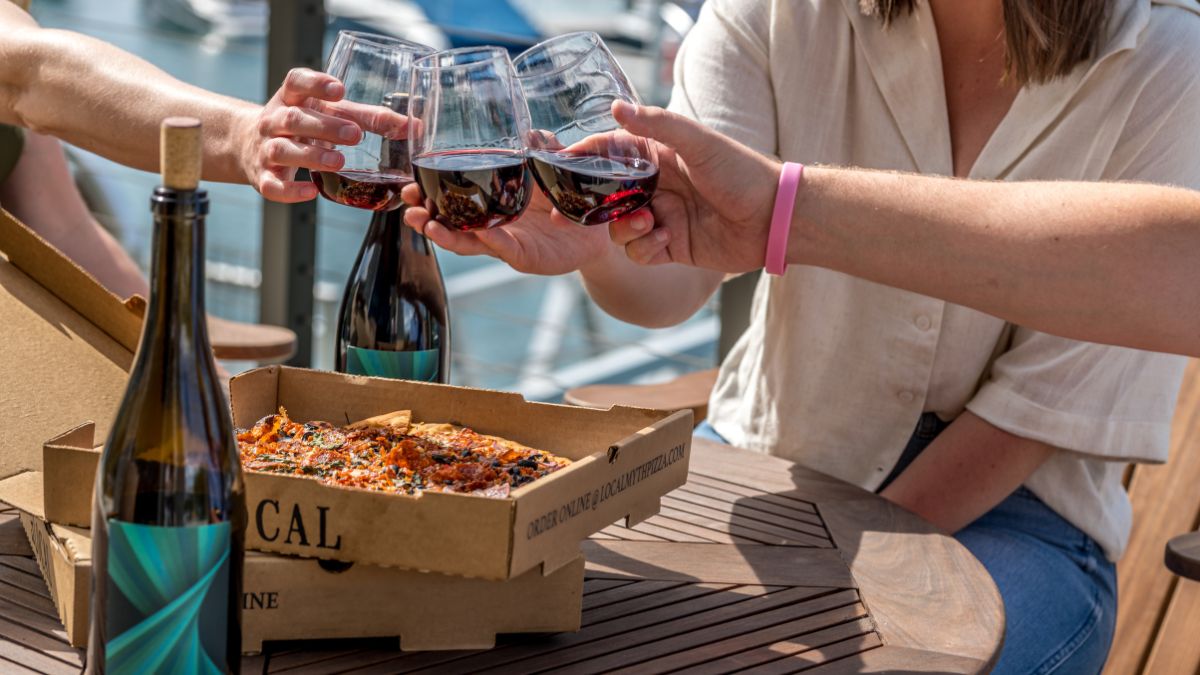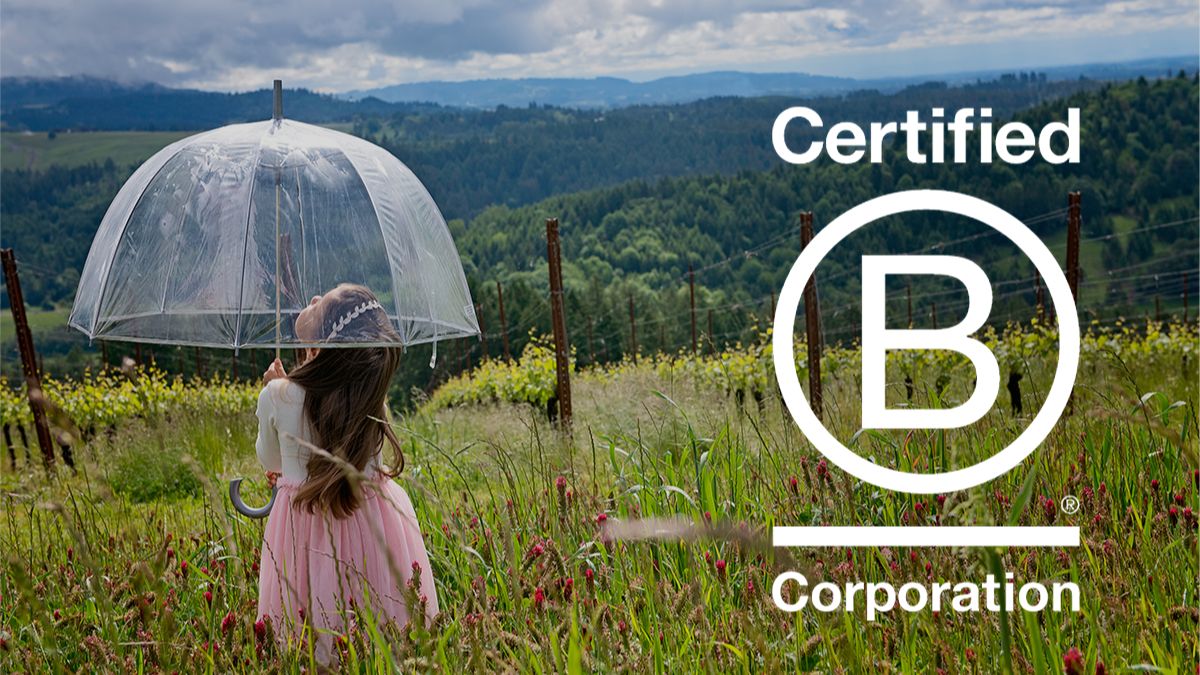For as big as the Willamette Valley is, there’s no doubt that most of the focus tends to be on the northern edges. That’s where the sub-AVAs are, that’s where most of the famous vineyards are, and frankly, that’s where most of the tourists are. Yet contrary to popular belief, the Willamette Valley doesn’t end at Salem, and in fact there’s quite a bit to do and see if you head a bit farther south.
If it’s a great meal you’re after, Albany is home to the James Beard Award-winning Sybaris, which is certain something of a mecca for food-oriented tourists of all sorts. Nearby Eugene also has a host of attractions; not just the typical trappings of a college campus (it’s the home of the University of Oregon), but both the Hop Harvest Festival and the exceptional Oregon Truffle Festival in January.
From a wine perspective, growers and winemakers both are still figuring out some of the premier sites for grapes, but several famous vineyards already exist. Most prominent is the Van Duzer Vineyards, sitting right in path of the famed Van Duzer Corridor, and the cooling winds that sweep through there from the Pacific. While you might hear more about those winds in the Eola-Amity Hills or McMinnville, the cooling effect can be seen brilliantly in the wines from this part of the southern Willamette Valley, which show a restraint and elegance that hotter sites nearby can struggle to match.
Other plantings might not yet have the history, but there’s no doubt that there’s a ton of excitement for the potential of the southern valley. Several winemakers I spoke to recently gushed when it came to the chance to stake a claim in these less-developed parcels: after all, while land and grapes in the Ribbon Ridge AVA might be almost impossible to come by these days, there are still plenty of potentially great sites still waiting to be planted the farther south you travel.
There’s definitely unique challenges as well: the entire valley slopes slightly upwards as you head south, meaning that plantings near the valley floor in the south can be several hundred feet higher than those in the north, and plantings up in the hills can almost be too high for cultivation. The distance from Portland also can cause some logistical challenges: not only making for fewer tourists, but making it harder for winemakers based in the northern valley to survey and monitor those vineyards.
Yet I often maintain it is struggle and challenge that makes great wines, and that’s nearly as true for winemakers as it is for vines. While farming the southern Willamette Valley might require some more dedication, and a bit of unique knowledge, I don’t doubt that we’ll be seeing more and more great wines coming from those very sites in the years ahead.






